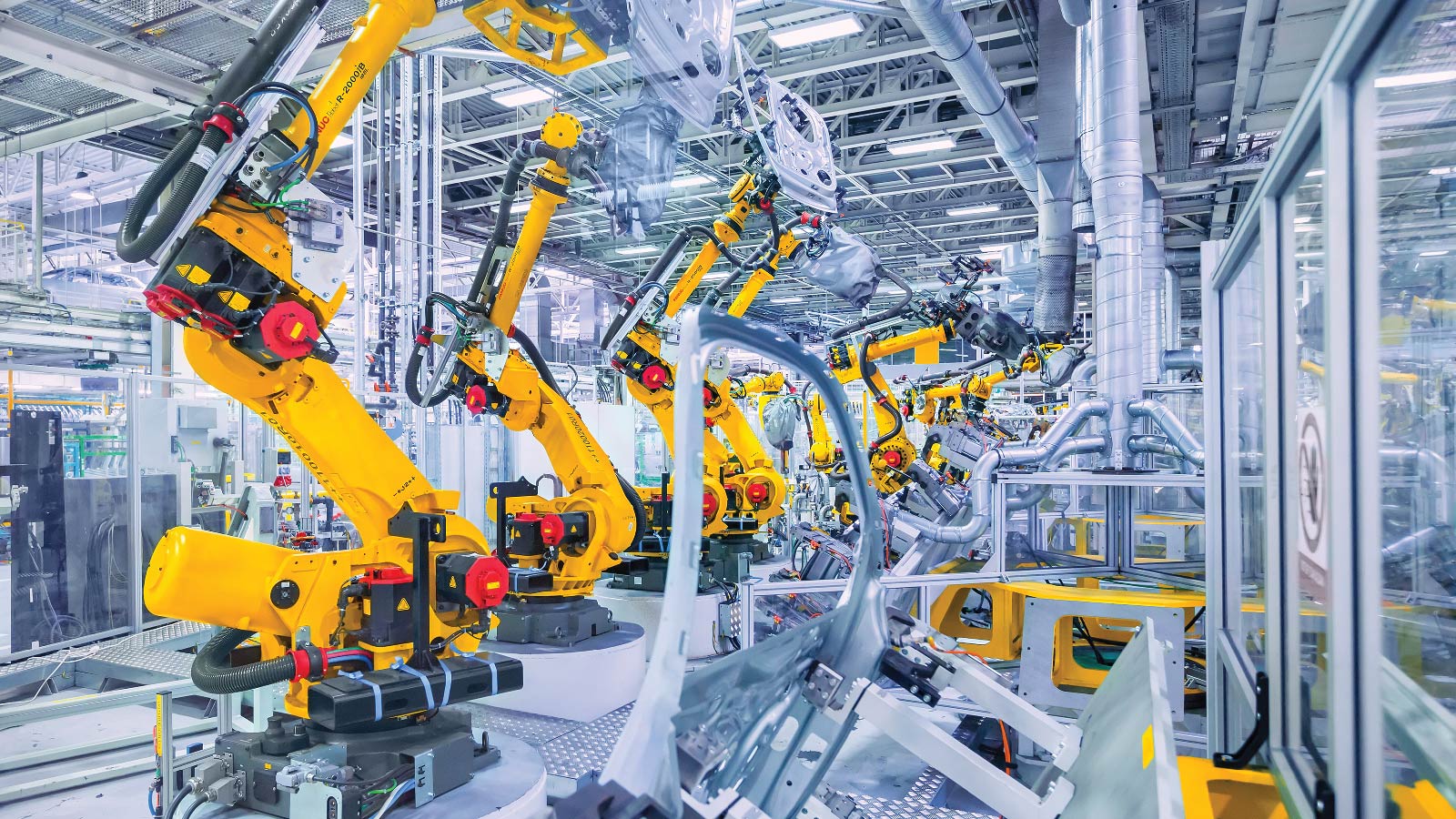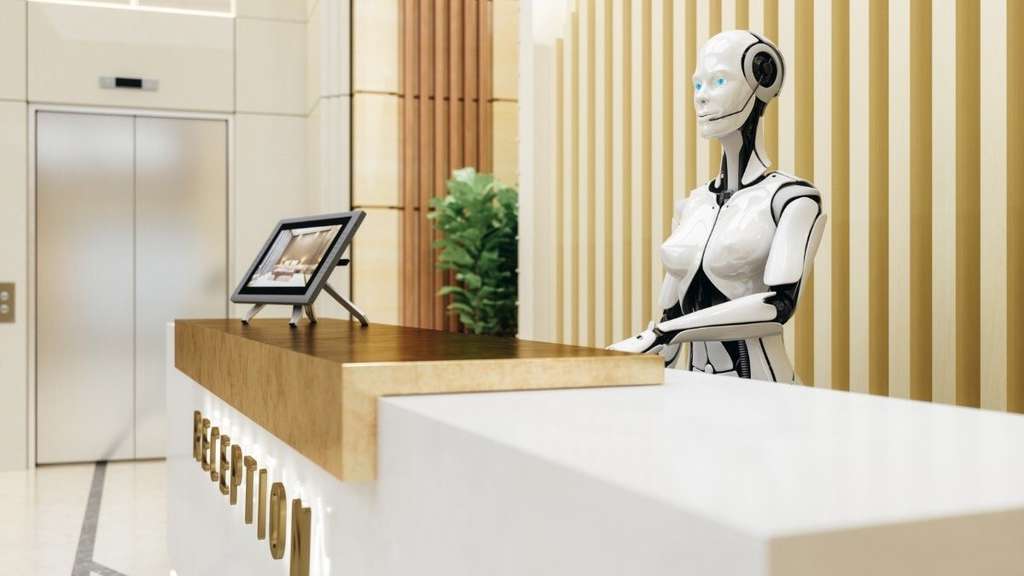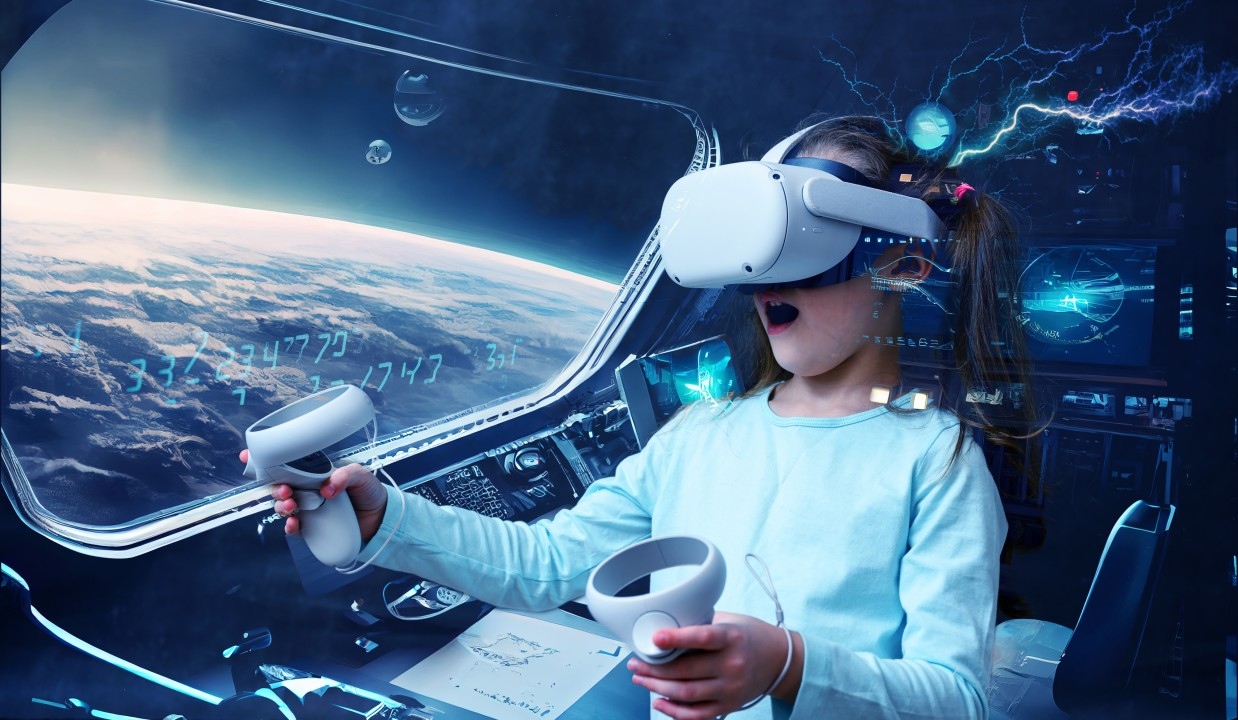
Unlocking the Potential of Robotics: Revolutionizing Industries and Enhancing Human Life
Robotics has evolved from being a concept of science fiction to a reality that is transforming industries and enhancing human life.
This article explores the advancements in robotics, their applications across various sectors, and the potential they hold for revolutionizing the way we work, live, and interact.
Industrial Automation: Boosting Efficiency and Safety

Robotics and automation technologies have revolutionized manufacturing and industrial processes. Robots can perform repetitive and dangerous tasks with precision, speed, and consistency, leading to increased productivity and improved workplace safety.
Healthcare Robotics: Revolutionizing Patient Care
Robotics is making significant strides in healthcare, assisting in surgeries, rehabilitation, and caregiving. Surgical robots enable minimally invasive procedures, reducing patient trauma and recovery time. Robotic exoskeletons aid in rehabilitation, while companion robots provide emotional support and assistance to the elderly and disabled.
Autonomous Vehicles: Reshaping Transportation
The emergence of autonomous vehicles, including self-driving cars and drones, has the potential to revolutionize transportation. These vehicles offer benefits such as increased safety, reduced traffic congestion, and improved energy efficiency. However, challenges related to regulations, infrastructure, and public acceptance need to be addressed for widespread adoption.
Service and Hospitality Robotics: Enhancing Customer Experience

Robotics is being employed in the service and hospitality industry to enhance customer experience and streamline operations. From robot concierges and waitstaff to automated check-in systems, robots are improving efficiency and delivering personalized services in hotels, restaurants, and retail establishments.
Educational Robotics: Fostering STEM Learning
Robotics is increasingly being integrated into educational settings to promote Science, Technology, Engineering, and Mathematics (STEM) learning. Educational robots provide hands-on experiences, fostering problem-solving, critical thinking, and creativity among students. They prepare the next generation for a technologically driven world.
Ethical Considerations and the Future of Robotics
As robotics becomes more prevalent, ethical considerations come to the forefront. Discussions around job displacement, privacy concerns, and the responsibility of autonomous systems raise important questions. Developing guidelines, regulations, and ethical frameworks will be crucial in ensuring the responsible and beneficial integration of robotics into society.
What's Next for Robotics?
The potential of robotics is vast, with applications spanning industries and sectors. From industrial automation and healthcare to transportation and education, robotics is revolutionizing the way we work, live, and interact. Embracing robotics responsibly, addressing ethical considerations, and fostering innovation will pave the way for a future where humans and robots coexist, enhancing our lives and pushing the boundaries of what is possible.
Trending
-
1 How Does SaaS Differ From IaaS And PaaS?
Fabrice Beaux -
2 Single Page Applications vs Multi-Page Applications
Fabrice Beaux -
3 Top 7 Effective Strategies for Multi-Language Website Development
Fabrice Beaux -
4 Boost Engagement to Infinity and Beyond: Unleashing AI-Driven Support
Anas Bouargane -
5 The Cheapest And Most Beautiful Stickers in CS2
Daniel Hall





Comments